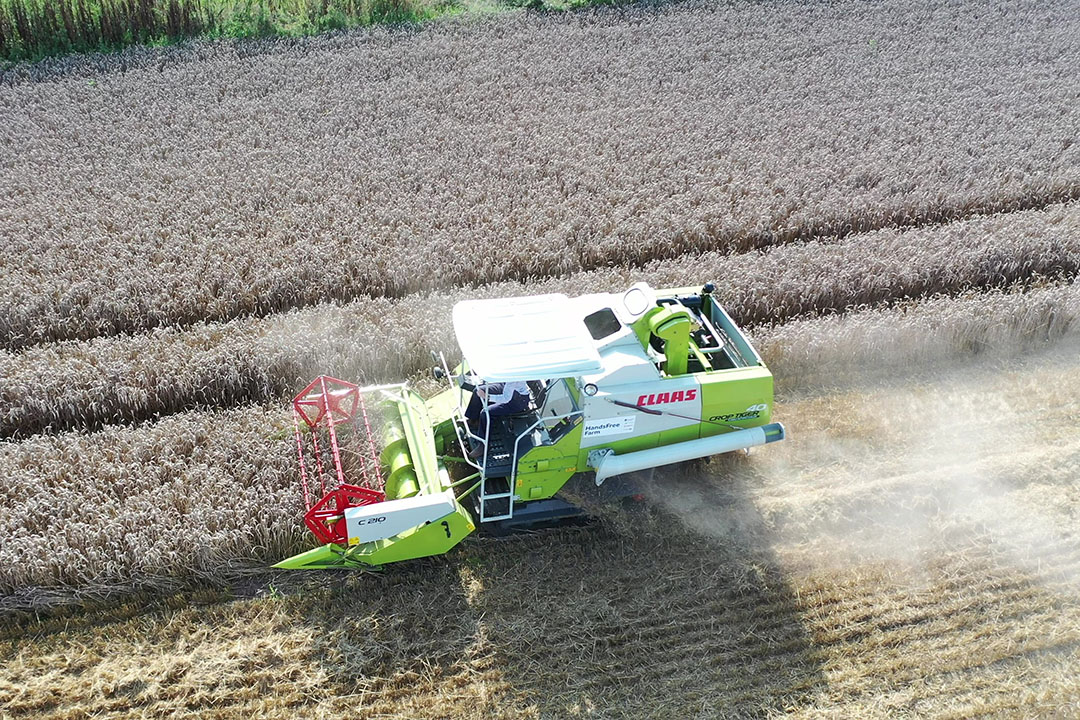



Article by: Hari Yellina
It’s crucial to be informed about what’s going on in each lane of the road to hands-free farming since there are many of them. Professor David Lamb, the chief scientist at the Food Agility CRC, has this advice for farmers and companies. Robotics, autonomous systems, and machine learning are all components of the future of hands-free farming, according to Professor Lamb. But, it wasn’t only about those things; it was also about being aware of the location of animals, how they are doing, and the feed supply. He claimed that the why is ultimately what matters when considering hands-free farming. These tools could be used to streamline workflows, decrease labour requirements, enhance safety, and gain time.
More than anything else, he said, “I think it’s about allowing our producers—who are resource- and time-strapped—the peace of mind to get on with the production of food that we all depend on.” Professor Lamb covered four of these lanes in greater detail in his speech at the June 1 Digital Agrifood Summit in Wagga Wagga, New South Wales: technological, regulatory, standards, and social. He referred to them as the centre lane, the potholed lane, the slow lane, and the fast lane. Professor Lamb referenced the creation of autonomous tractors as an illustration of the developments occurring in the field of technology. In terms of technology, he asserted, “I think we understand now that there is an amazing lot of opportunity for a hands-free farming future.”
Almost all machinery manufacturers have robotics or some other autonomous innovation on their product development roadmap. He claimed that telecommunications remained both a major enabler and a major obstacle to the development of this industry. Professor Lamb stressed the significance of creating appropriate producer norms of practise when discussing the regulatory lane. “At the end of the day, if a robot is used in an environment where there is farming or food production and there is an accident, on the one hand, as a purchaser of that particular technology, you have some rights granted by consumer law and sales of goods legislation,” he added.
However, the manufacturer or supplier is on the other side of the pendulum and has contracts of sale with you that include exclusions for liabilities. When you look at the international court case surrounding the recent Tesla accidents, you realise that this tug of war is actually happening right now. Determining whether these laws would cover farmers who sustain harm or property losses as a result of an accident brought on by faulty autonomous agricultural gear is not a straightforward exercise. In other words, “we don’t know what the precedents are because it’s currently being disputed in court.” He added that standards were extremely necessary and that their absence could obstruct adoption planning and product development roadmaps.
It was crucial to take into account whether farms and farmers were robotics ready in the farming lane. Rethinking and reimagining how farming systems work may be necessary in some cases. Another factor to think about was the societal licence to hands-free farming, with “right to farm” becoming a hot topic over the previous five years. “People share their thoughts on farming on social media, and we have to battle back with facts for years. We are aware that the right to farm is a sensitive topic “said Professor Lamb. “Let’s not overlook the importance of the human touch when incorporating autonomous components into farming systems. “To sell our goods to other humans, we employ people – it’s an important marketing tool.”